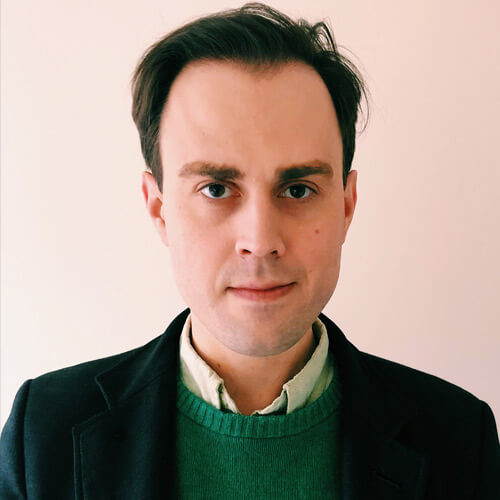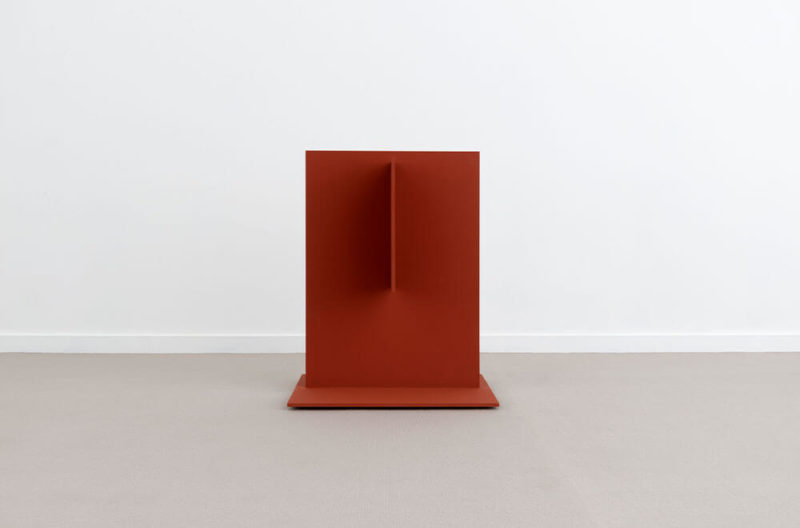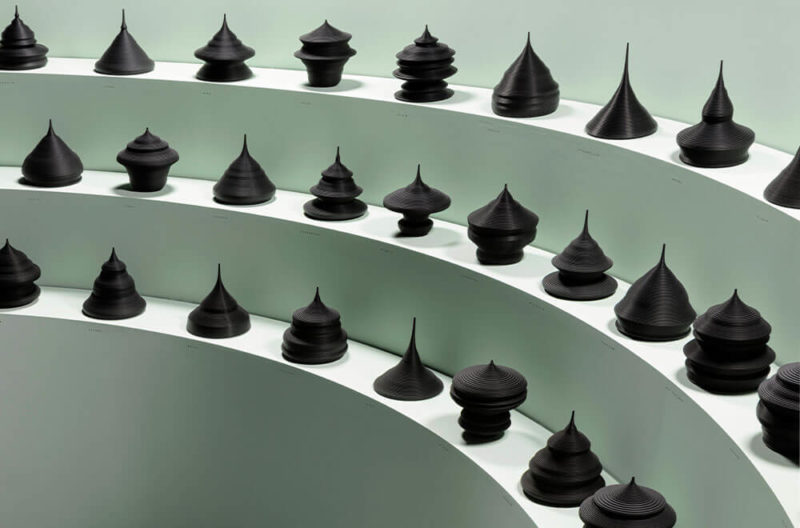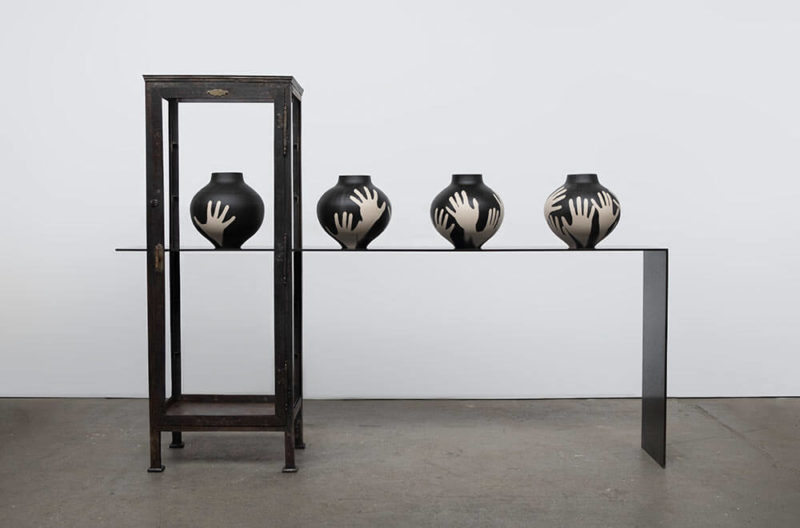Transhumances II
Galerie Philia is reviving the virtues of localism through its residency programme.
Palazzo Galli Tassi, Florence
9th October – 2nd December 2021
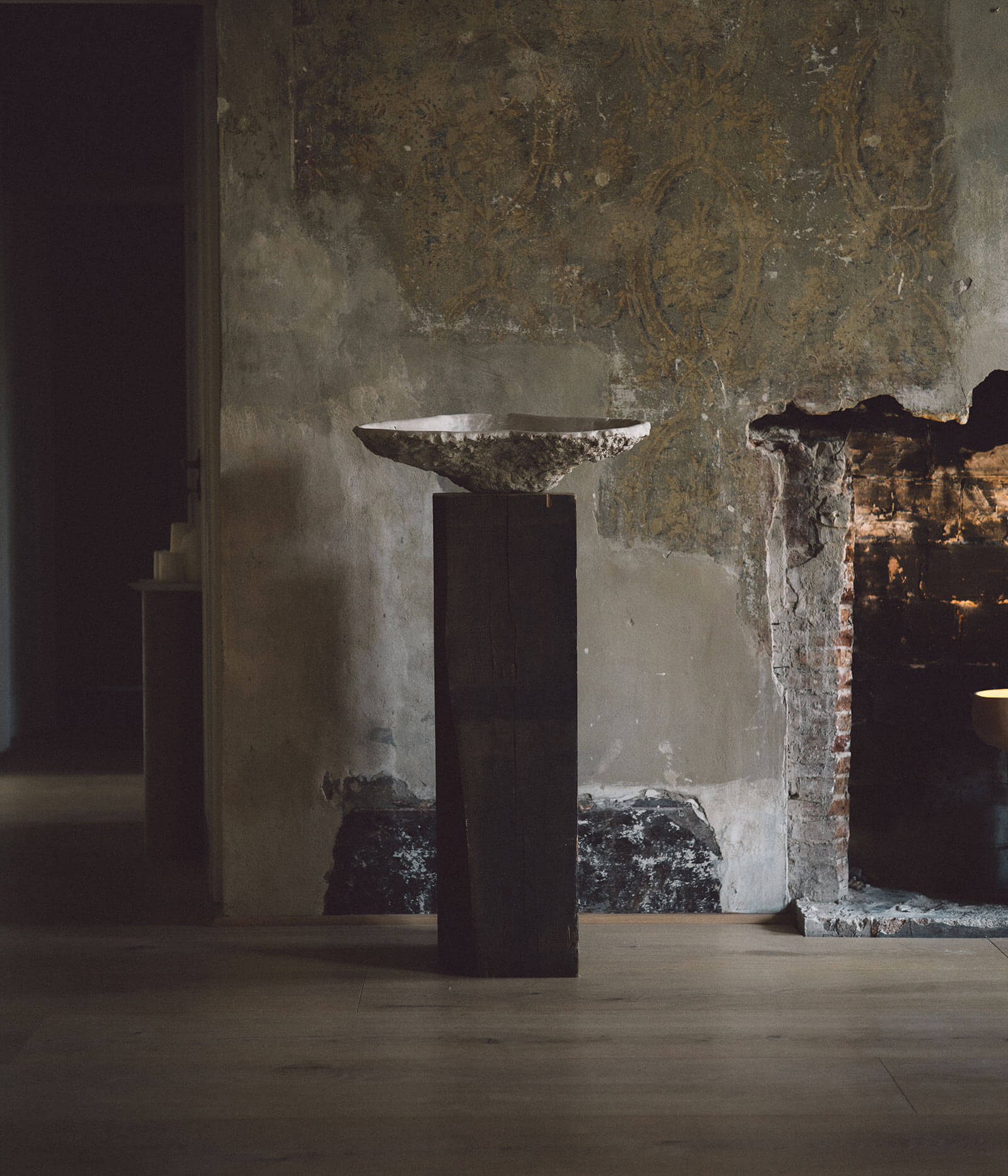
Isac Elam Kaid, ‘Sculpted Plate II’, 2021
COURTESY: Galerie Philia / © Daniel Civetta
IF YOU HAVEN’T heard of Galerie Philia in the past year or so, you might have been living under a rock. This recently established nomadic gallery is rapidly emerging into prominence with an endless stream of eye-catching exhibitions mounted everywhere from New York to Cape Town. With a current programme of five showcases spread across the globe, the gallery is working with a large number of contemporary designers. Focusing on a heterogeneous approach to art, design and interiors, the platform has convincingly spearheaded the unconventional pop-up real estate staging model – presenting collections and exhibitions in a series of high profile residences – which became so popular during the pandemic.
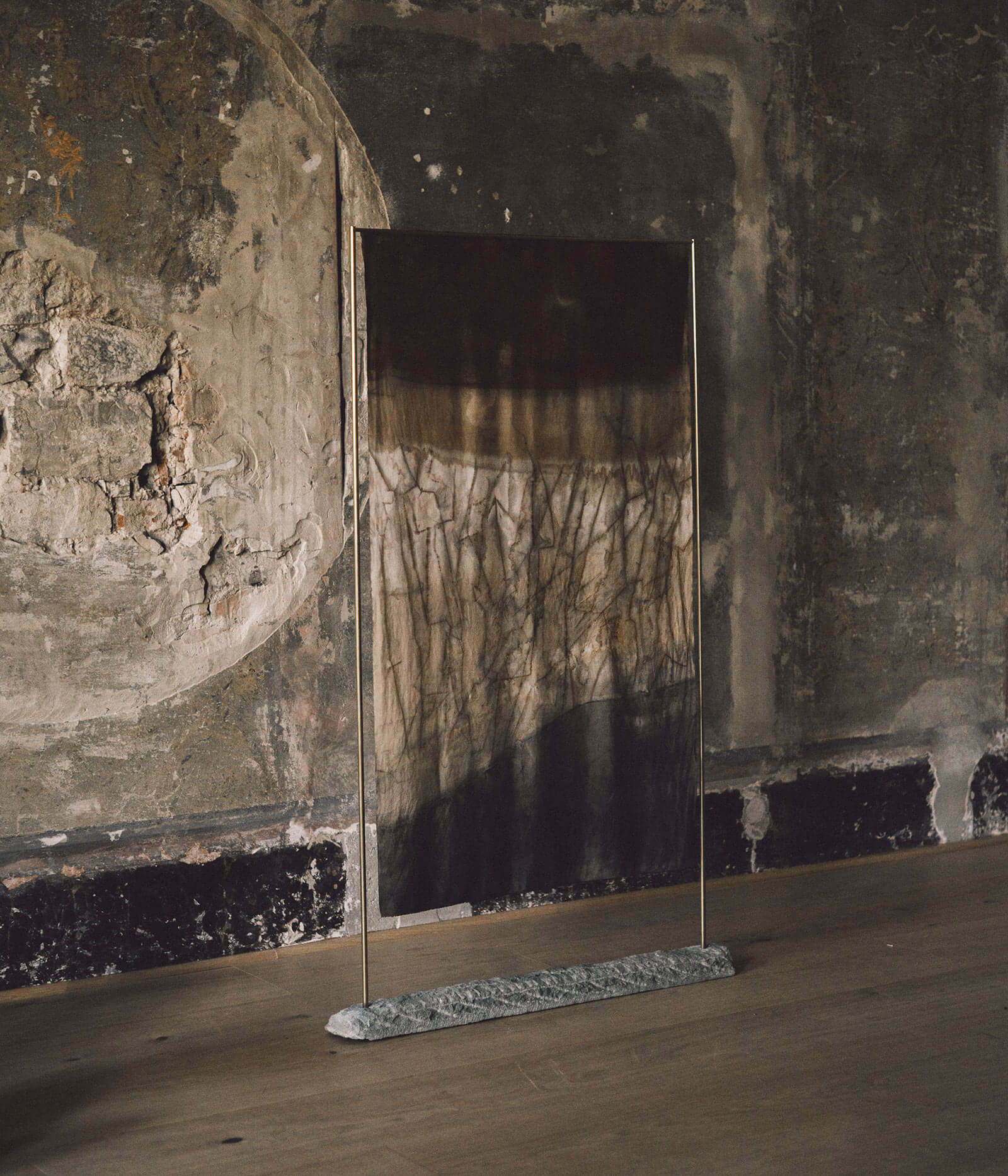
Sylvia Eustache Rools, ‘Paésine II’, 2021
COURTESY: Galerie Philia / © Daniel Civetta
Apart from staging large group shows and installations in stunning penthouses, Galerie Philia adds to its programming with new annual residencies aimed at reviving and reinterpreting age-old craft traditions. There’s no better addition to any creative endeavour than a communal incubation. After the first edition of a month-long residency in Southwest France last summer, the second iteration took place this year in Palazzo Galli Tassi in Florence. A group of eight up-and-comers from Galerie Philia’s extensive stable of talents was invited to explore a Renaissance-era technique and create a finished work.
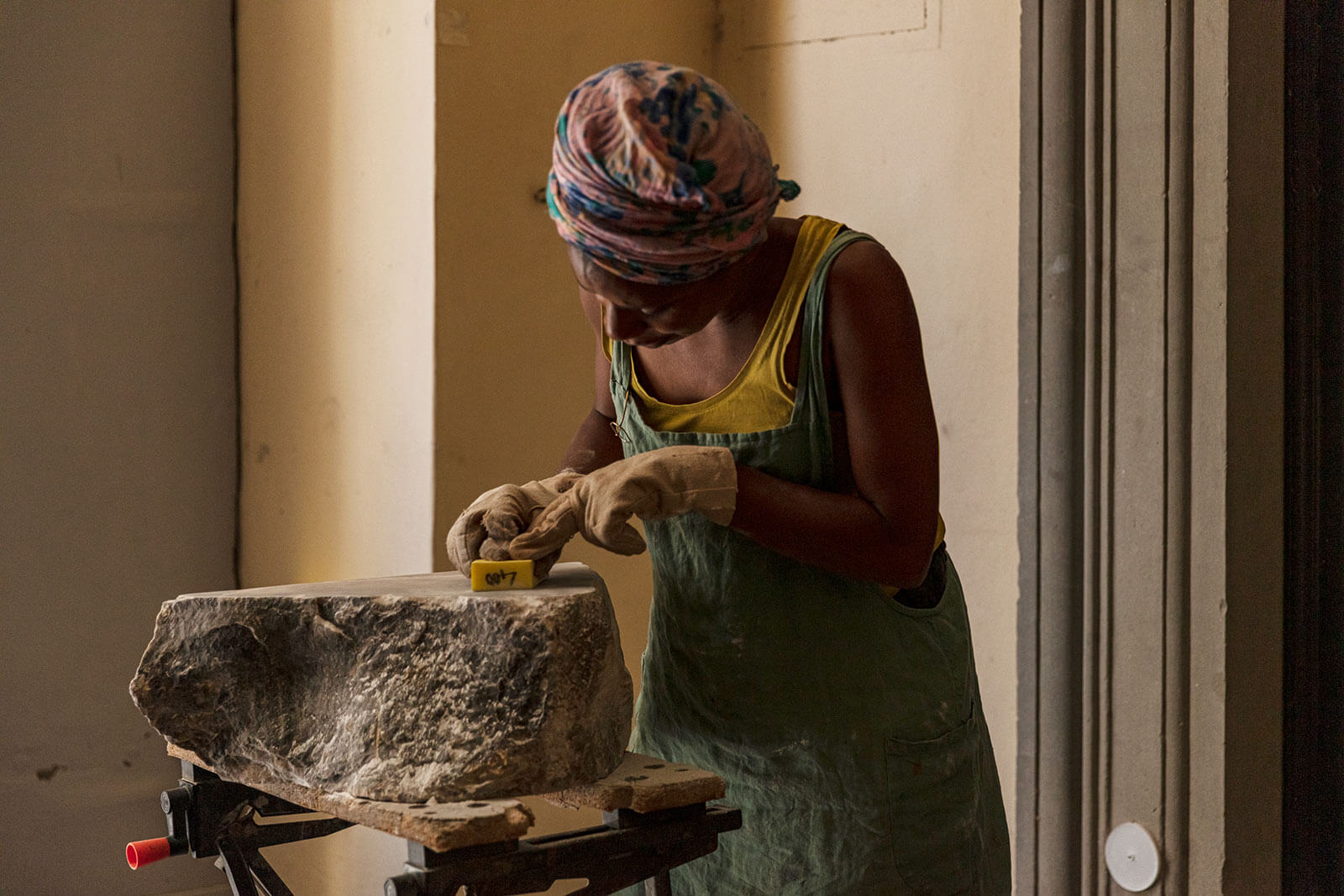
Sylvia Eustache Rools
COURTESY: Galerie Philia / © Benjamin Juhel
The 2021 crop of French, Canadian, German, and Dutch participants – Cédric Breisacher, Isac Elam Kaid, Sylvia Eustache Rools, Jérôme Pereira, Frédéric Saulou, Flora Temnouche, Elisa Uberti and Willem van Hoof – probed everything from natural dyes and knife-painting, to scagliola plastering. A recurring theme in the resulting designs was colour and exuberance, aligning with a new post-pandemic sentiment we all hope will last. The finished works – lamps, vessels, sculptures and textiles – will be on view in the Florentine palazzo until early December. Ahead of this special showcase, The Design Edit contributor Adrian Madlener spoke to Galerie Philia co-founder Ygaël Attali about the venture.
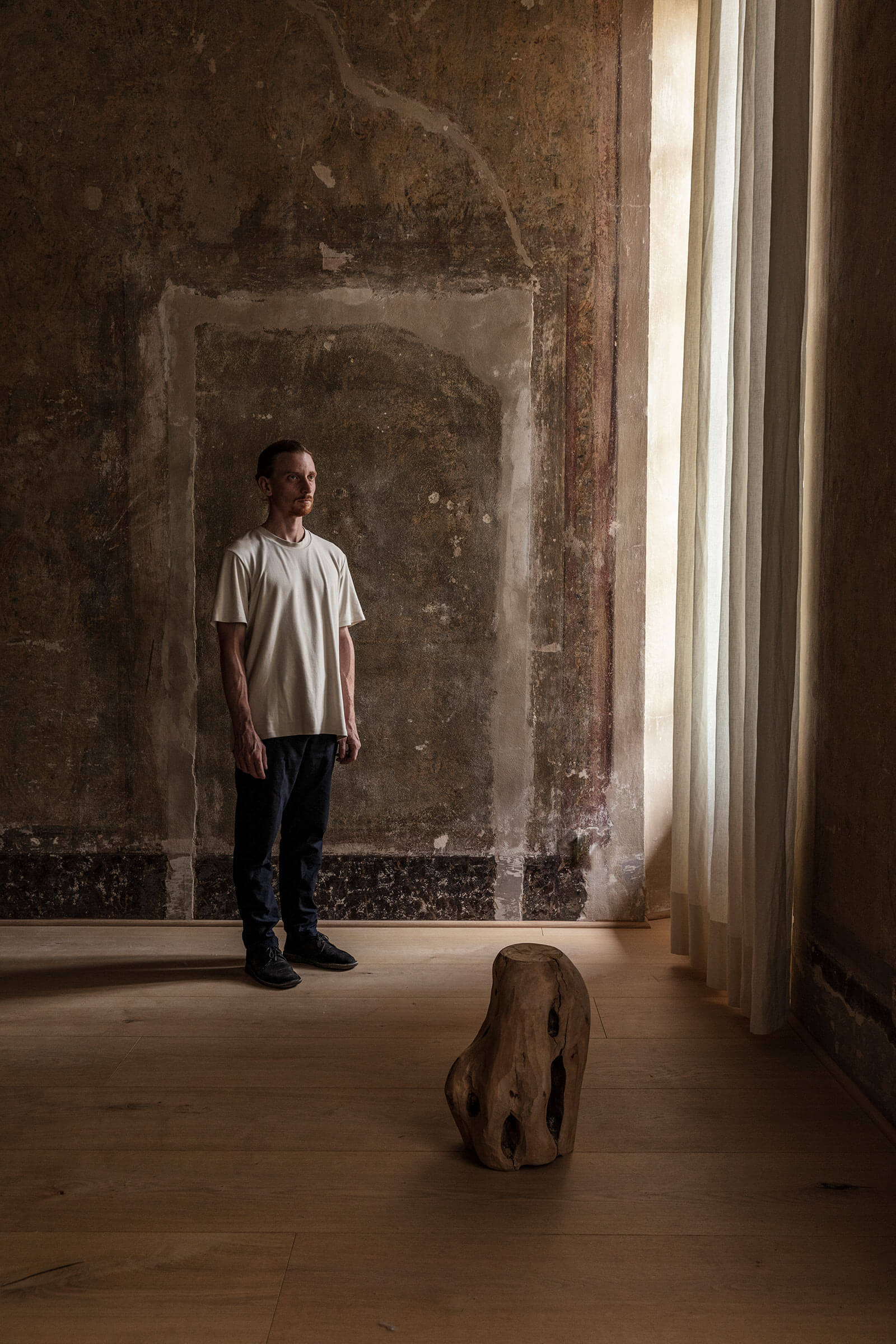
Cédric Breisacher
COURTESY: Galerie Philia / © Benjamin Juhel
“The participants need to have demonstrated mastery of a specific medium …..”
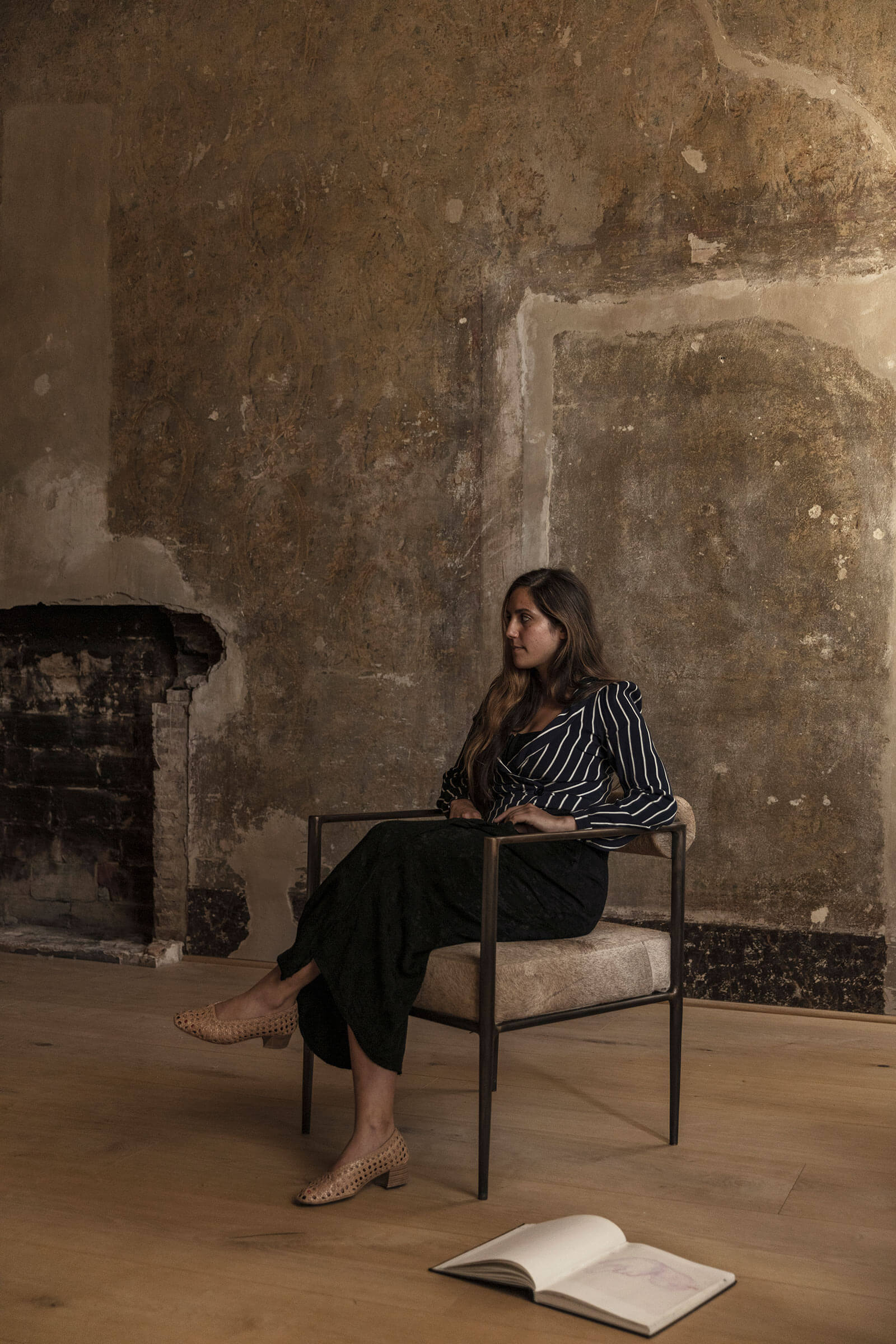
Flora Temnouche
COURTESY: Galerie Philia / © Benjamin Juhel
“…. and the willingness to source local materials and work in a sculptural application”
The Design Edit (TDE): How did the Transhumances project come about?
Ygaël Attali (YA): It was born out of the pandemic. Two things were circling in my mind at the time: the loneliness that artists were feeling and the environmental crisis. Covid did not create these issues of course but it certainly reinforced them dramatically. I decided it would be fruitful to invite designers to join me in the place I was isolating in, a secluded village in the south of France surrounded by forests. The idea was for all of us to be together in the same place, share meals and glasses of wine as a way of counteracting that solitude.
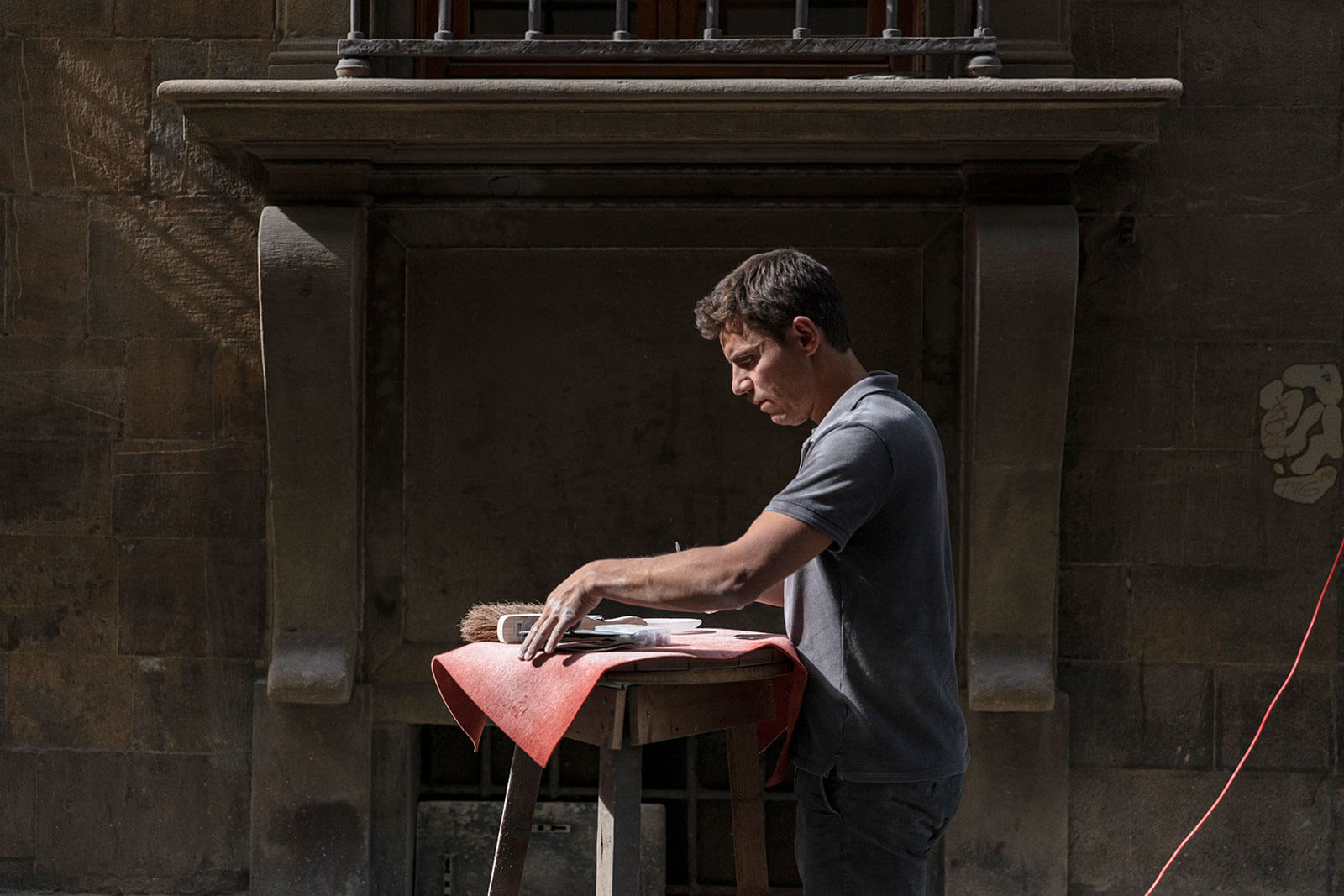
Frédéric Saulou during the ‘Transhumances II Residency’
COURTESY: Galerie Philia / © Benjamin Juhel
The Transhumances concept was developed then and there. We wanted these designers to work with local materials, using local techniques and exhibit locally. I was impressed by the quality of works the invited artists created in just a few weeks. The results and moments we shared were so magical, I promised myself that I’d organise a Transhumances programme every year. As a gallerist, this type of project is not financially beneficial per se. Rather, I see myself as a patron, adding to the canon of art and design history if even in the slightest way. For that, it’s still a smart business decision.
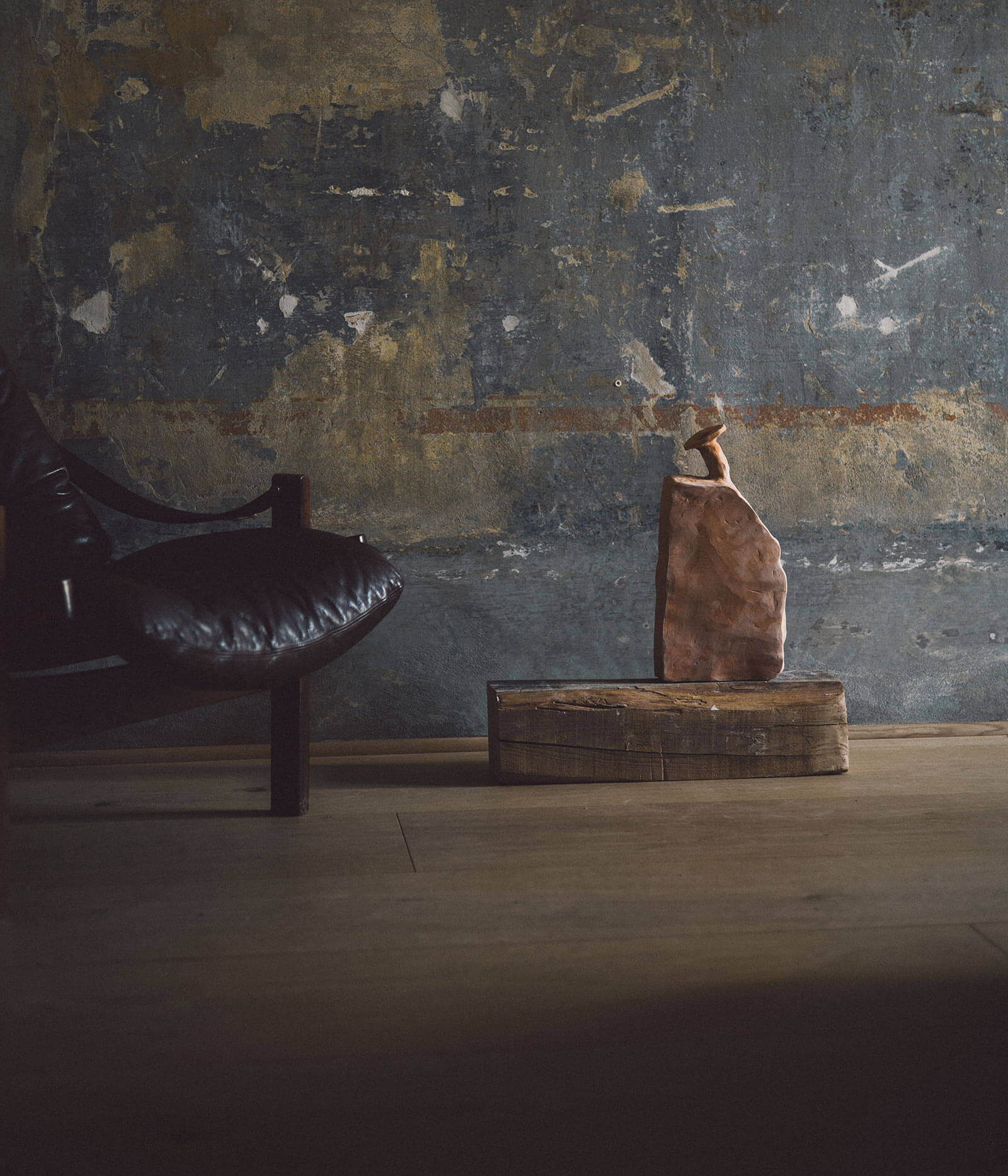
Willem Van Hoof, ‘MMXXI Fountain’, 2021
COURTESY: Galerie Philia / © Daniel Civetta
TDE: Why did you choose to host this second iteration at Palazzo Galli Tassi in Florence?
YA: I go to Tuscany at least once a year. Last summer I visited Florence and realised it would be a great place to host ‘Transhumances II’. The city has reinvented itself by championing its localism and history. We decided to transform the nature of the programme accordingly. There are such rich natural resources surrounding the city that are among the best in the world. With its Michelangelo sculpture base in the courtyard, the centrally located Palazzo Galli Tassi seemed like the perfect setting.
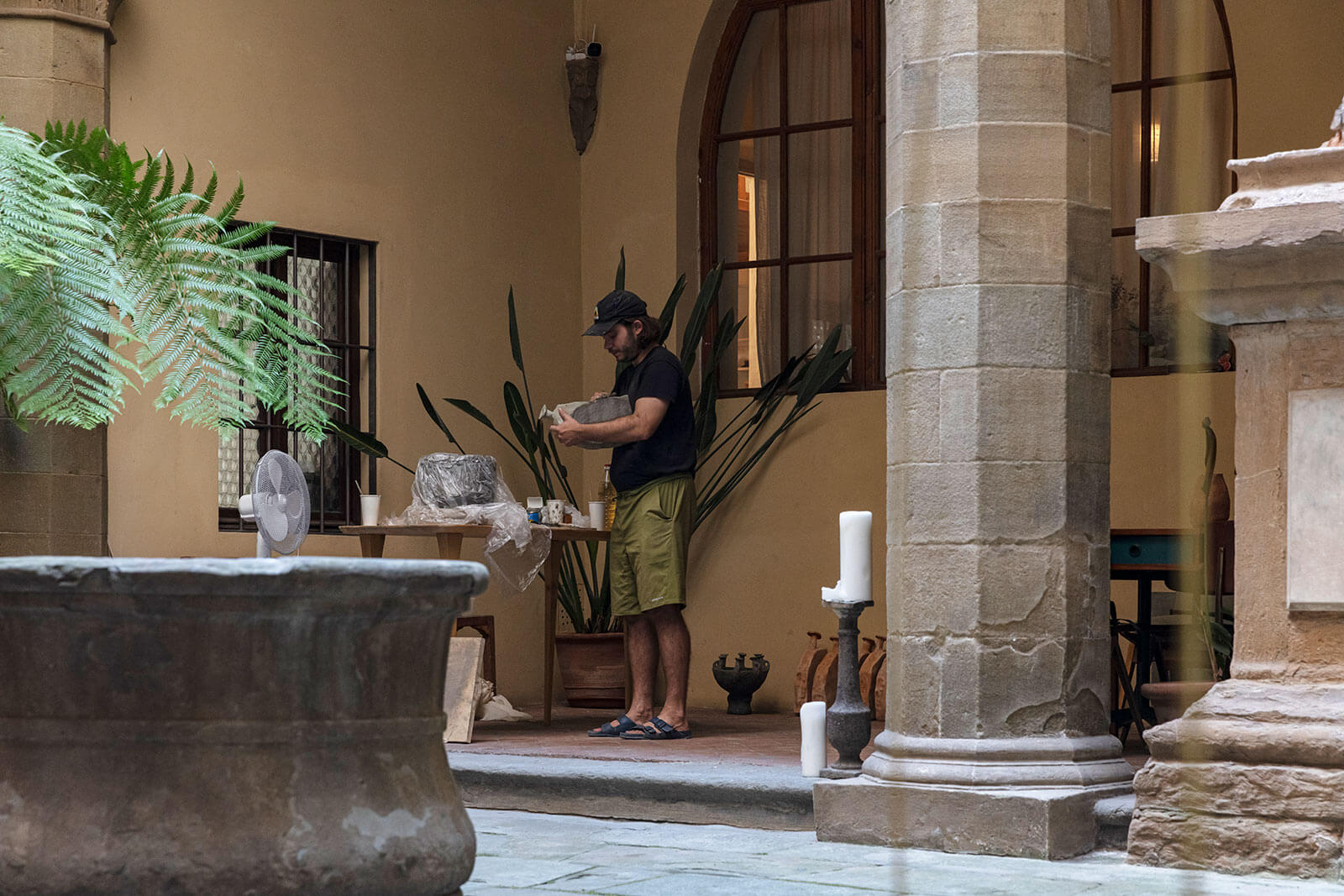
Willem van Hoof during the ‘Transhumances II Residency’
COURTESY: Galerie Philia / © Daniel Civetta
Tuscany also has world-class wine and gastronomy. As I previously mentioned, Transhumances is also about sharing meaningful moments with the artists and allowing them to meet each other in a more in-depth way than in any other context. Sharing good dinners and wine is also part of this collective adventure. In ancient Greek, Philia means above the highest form of love and true friendship as described in Aristotle’s Nicomachean Ethics. As Howard Becker, Erving Goffman and other sociologists have explained, the source of most creations is collective. I believe this as well, so interrelations are a deep part of what Galerie Philia is about: Transhumances is the consequence of that mandate.
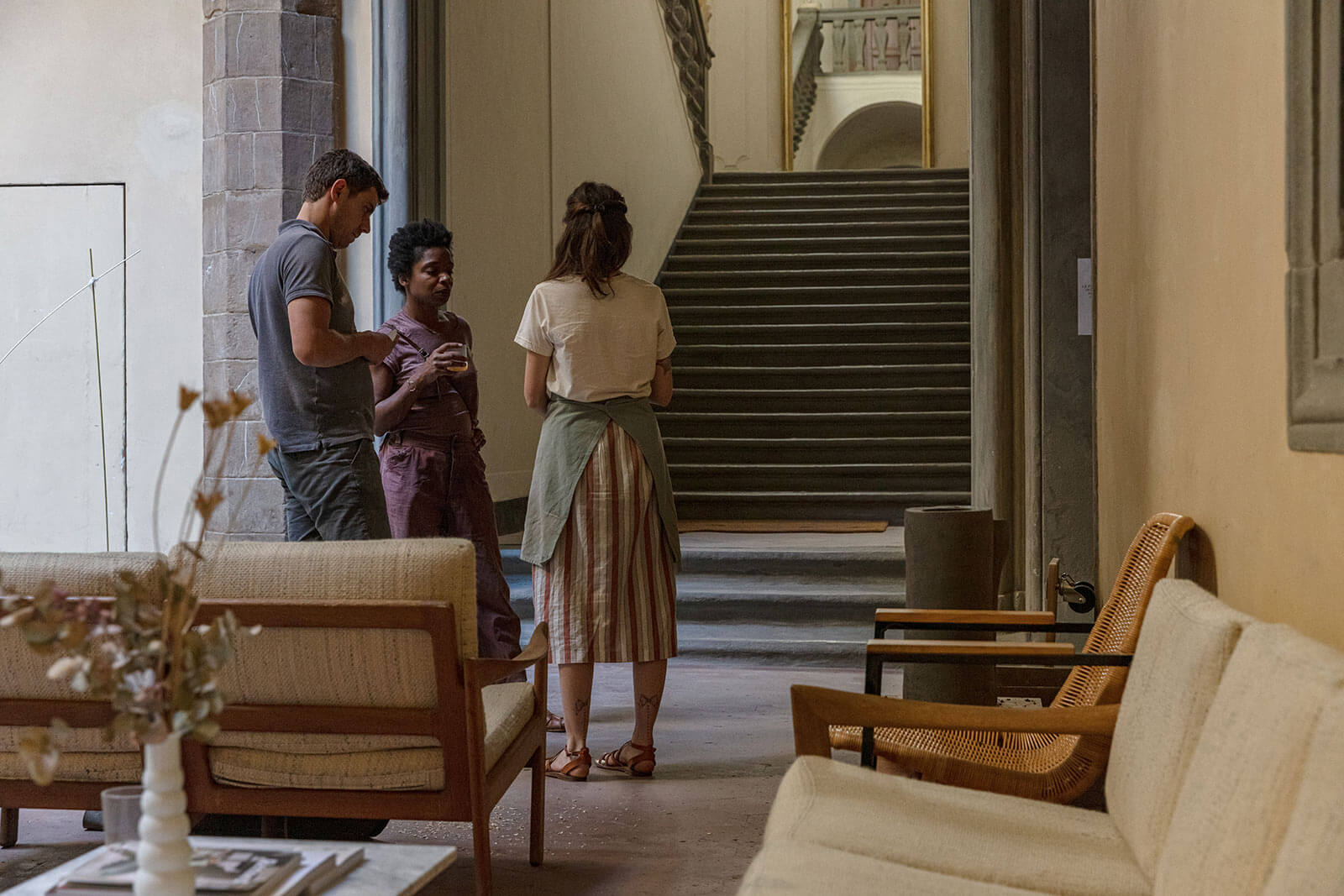
Designers at the ‘Transhumances II’ residency
COURTESY: Galerie Philia / © Benjamin Juhel
TDE: What were your criteria in choosing this year’s participants?
YA: There were a few main factors in my decision process. The participants needed to have demonstrated mastery of a specific medium. They also needed to have the agility and willingness to work in a different context, source local materials and work in a sculptural application. Not everyone can do this. It requires certain skills and a particular mindset.

Frédéric Saulou during the ‘Transhumances II Residency’
COURTESY: Galerie Philia / © Benjamin Juhel
I also wanted each of the participants to have a different speciality, and even represent a different discipline within the context of art and design, so that they could cross-pollinate with the others in a spirit of collective ideation. Before arriving in Florence, each designer was asked to do research into Renaissance-era production techniques and explore historical case studies, colours and shapes that serve as inspiration.
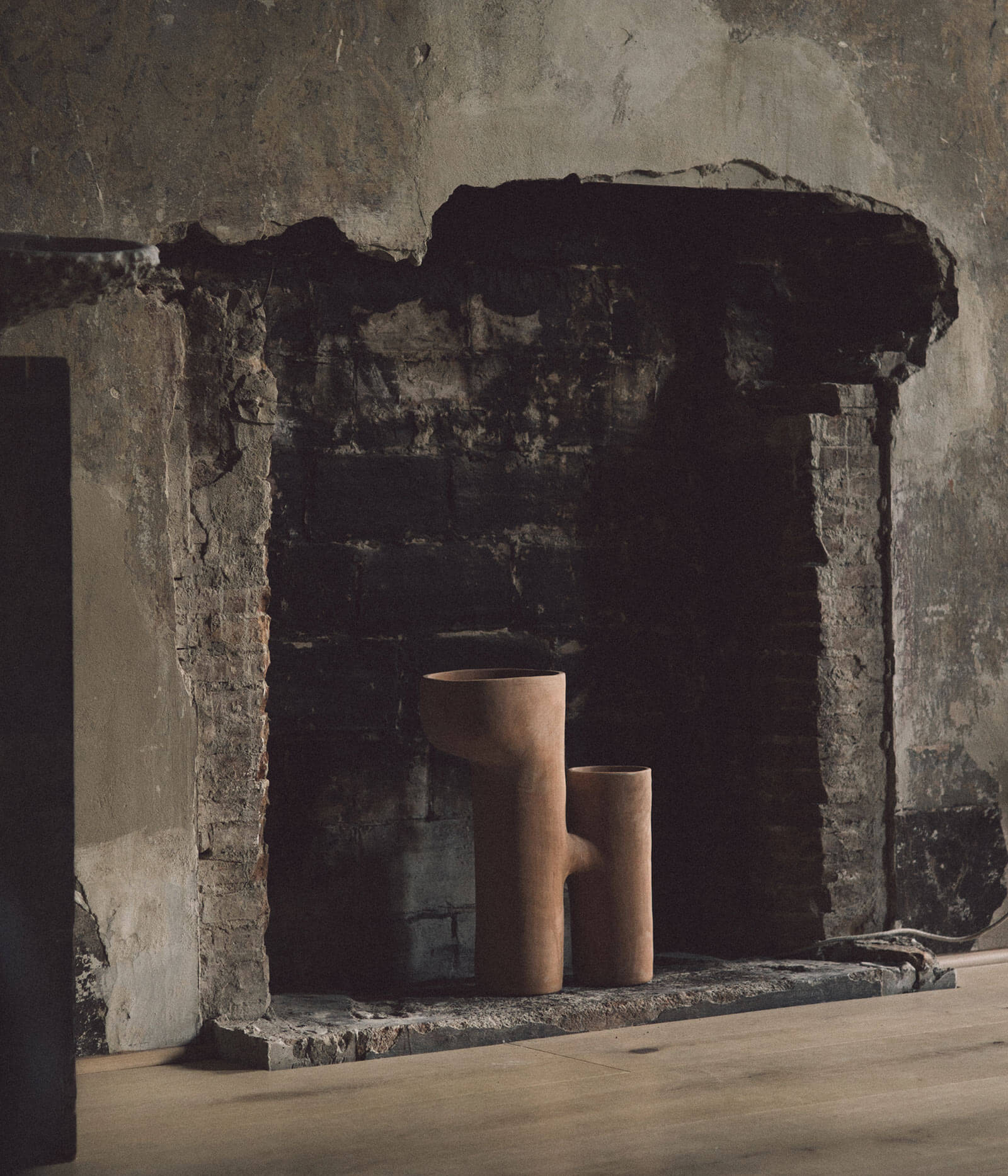
Elisa Uberti, ‘Lamp Horizon #1’, 2021
COURTESY: Galerie Philia / © Daniel Civetta
TDE: What are the challenges that today’s designers face in attempting to revive, or re-interpret, a long-forgotten skill or technique?
YA: The first challenge is for them to master these skills enough that they can successfully create a sculptural work. These techniques are sometimes more physically arduous and require more patience than we might be accustomed to – especially compared to our rapid mechanisations and quick digital technologies. Nevertheless, our goal is not to paralyse ourselves in the past but to nourish contemporary creations with the resources it brings us. It’s been fruitful to see how this approach aligns well with the exploration of proto-modern crafts.
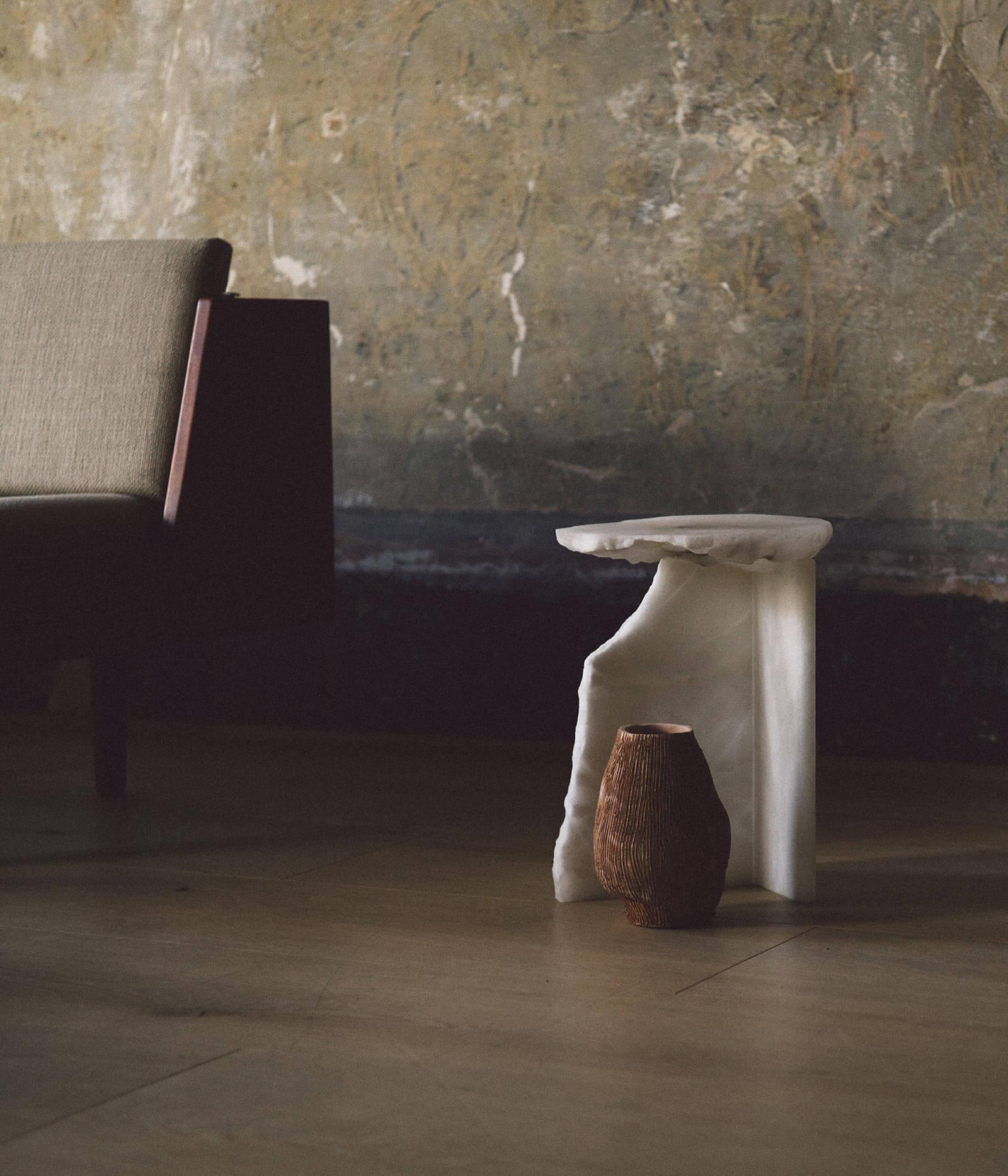
Isac Elam Kaid, ‘Alabaster Gueridon’, 2021; Cédric Breisacher, ‘À la source’ vase, 2021
COURTESY: Galerie Philia / © Daniel Civetta
TDE: How does focusing on locality in this project relate to larger contemporary themes in design, such as sustainability?
YA: One of the issues in the contemporary design and art worlds is that most of us are sensitive to the meta-political issues surrounding the environmental crisis, but might not act accordingly. For instance, designers will work locally, using recycled materials and non-invasive techniques but end up shipping the results across the world using unsustainable methods.

Isac Elam Kaid during the ‘Transhumances II Residency’
COURTESY: Galerie Philia / © Benjamin Juhel
There is a kind of schizophrenia in all of this, which we are aware of. The Transhumances project is perhaps seen as a way of showing how design can be achieved on a local scale. It is not, though, an entirely radical solution but simply one path among many in attempting to rectify such serious issues.
TDE: What are your goals in terms of taking this initiative into the future?
YA: I’d like to repeat the Transhumances experience in different historical contexts across the globe to nourish and support sculptural designers with different parameters. While celebrating the artistic and material richness of each locale, it’s also important to bring the quality of these talents to these places and to see what comes out of the experience.
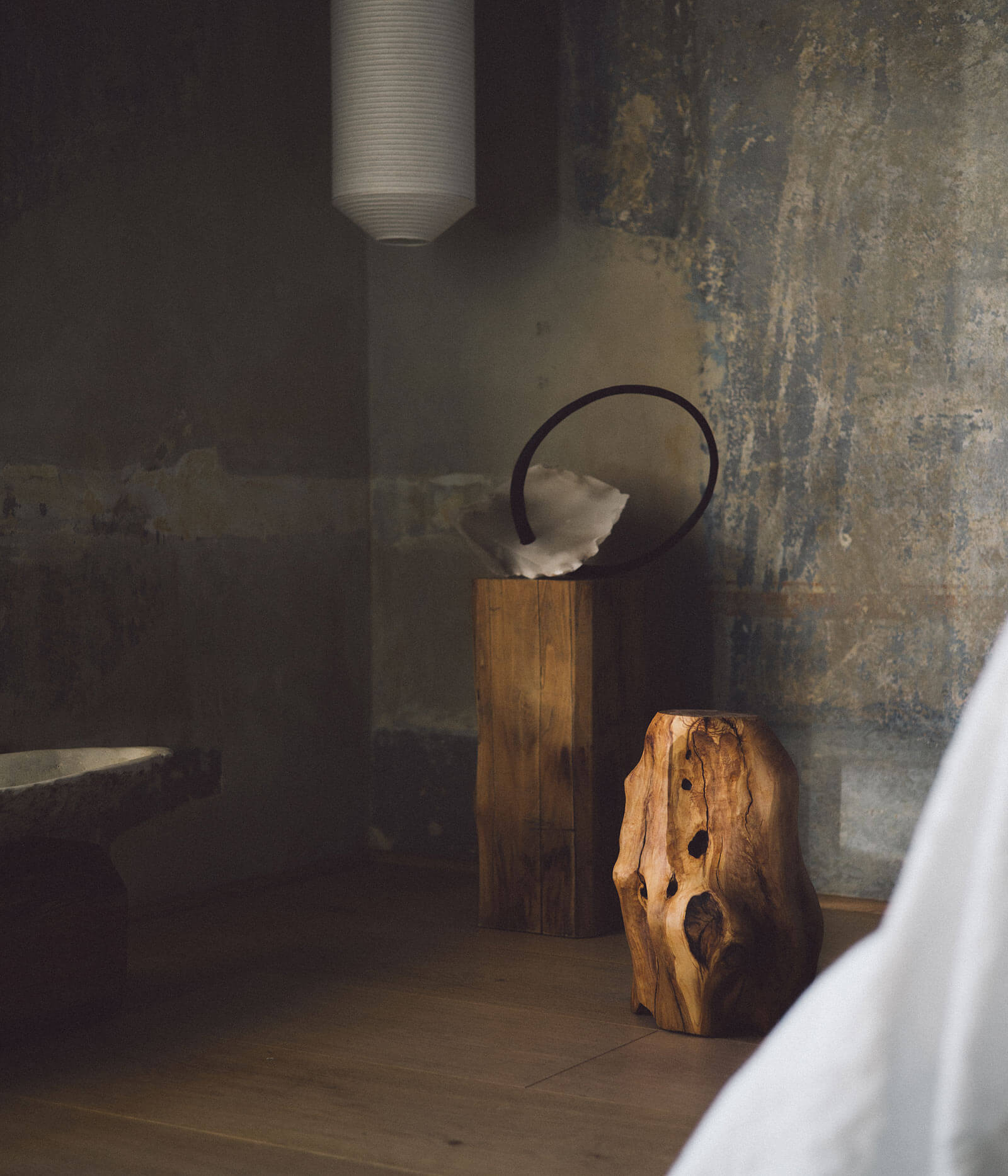
(Left to right): Jérôme Pereira, ‘Nature does not tell lies 2’, 2021; Cédric Breisacher, ‘À la source’ stool, 2021
COURTESY: Galerie Philia / © Daniel Civetta
‘Transhumances II’ at Palazzo Galli Tassi, Florence.
